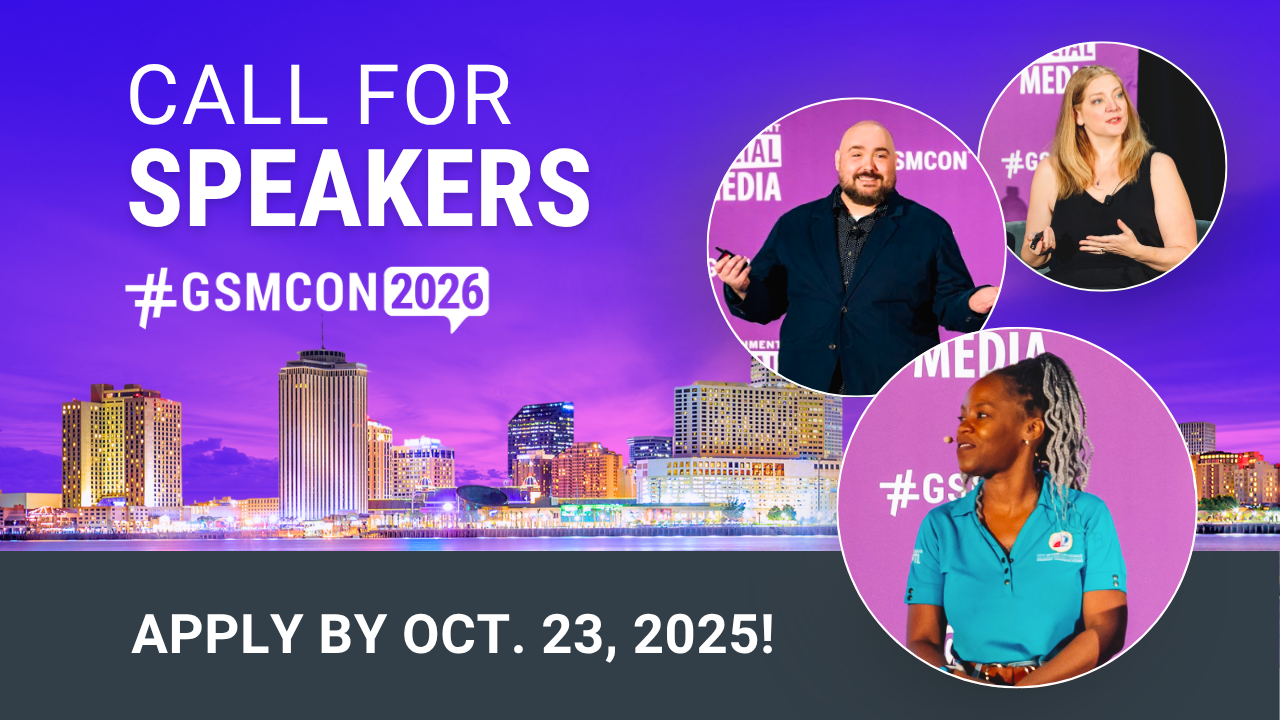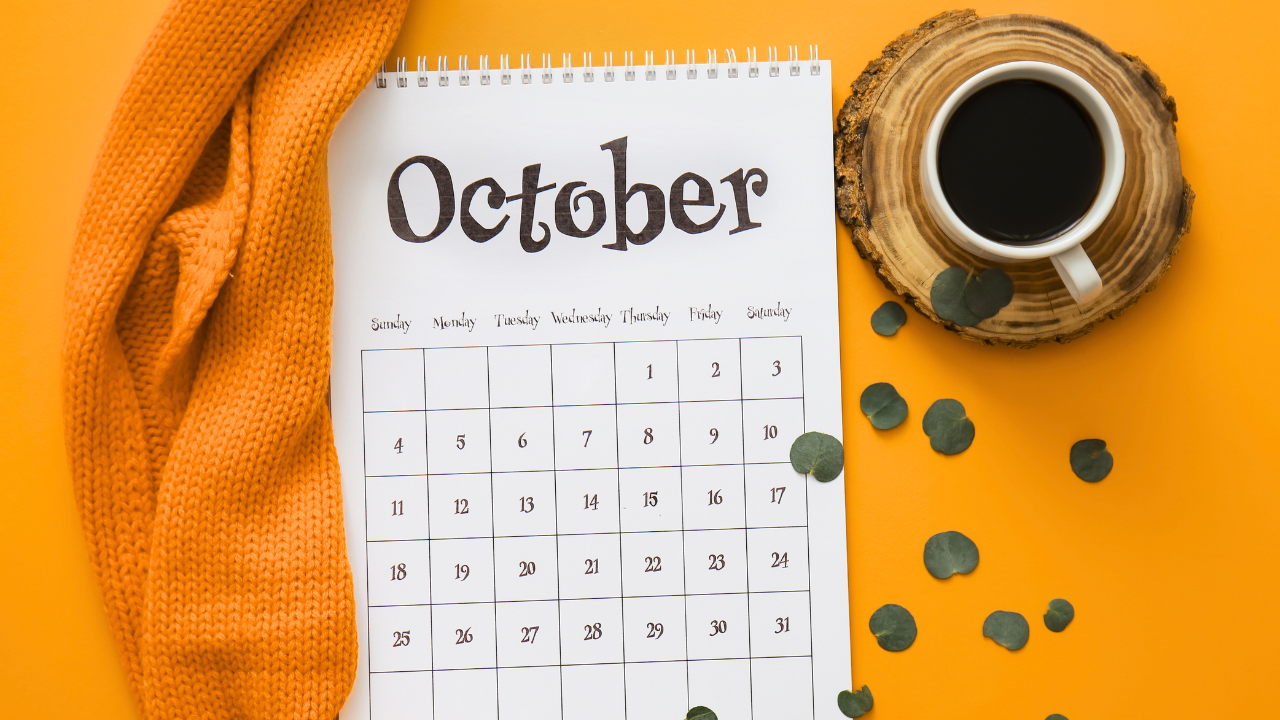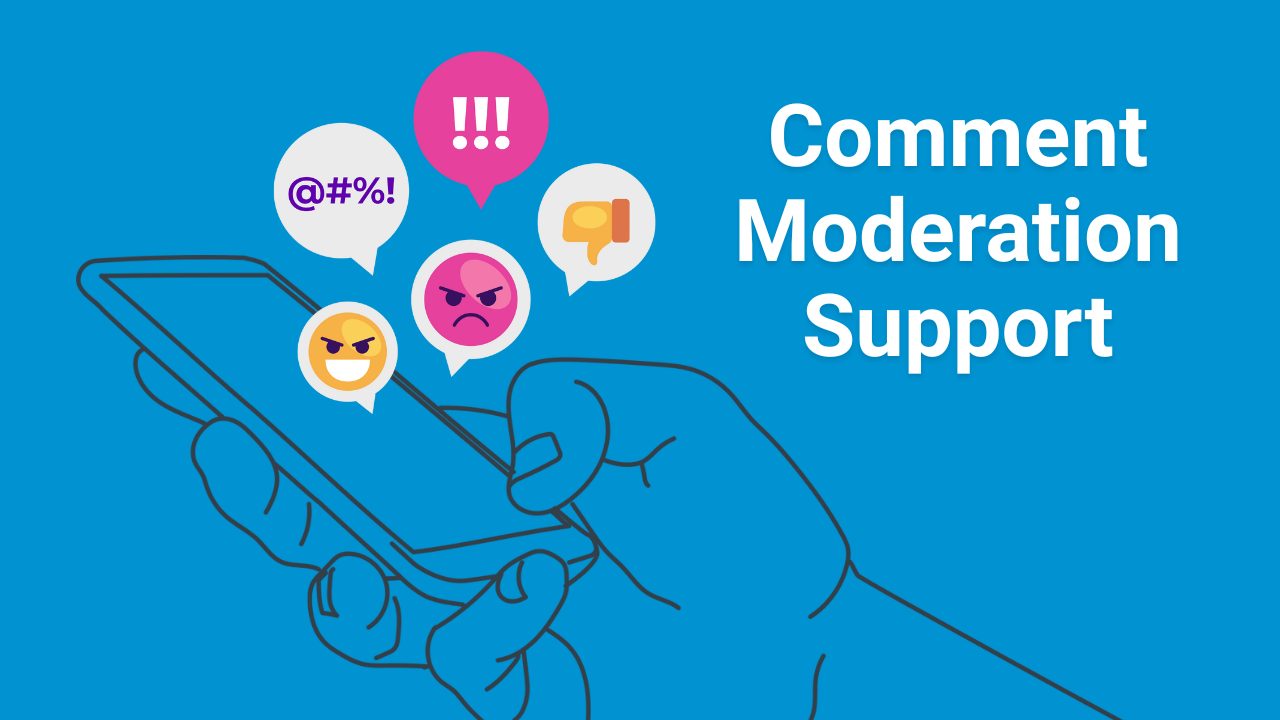
How to Explain to Colleagues What SocialGov Really Is
Jul 08, 2021Contributed blog by Russel Lolacher, Director of Web and Social Media Services for the BC Ministry of Transportation and Infrastructure and author of the Relationships at Work blog
World Social Media Day is an annual opportunity not only to celebrate this new form of engagement, but also one to inform and educate your own public sector organization about what its own social media efforts do to benefit them and their audience. But, when that day is over — or you missed it — how can you continuously explain to your colleagues what it is that socialgovs really do all year round?
In the public sector, globally, social media is still not as effective as it could be for public engagement. While some organizations certainly use it to build relationships and educate the public, there are still so many that focus more on the “media” (one-way broadcast) than its “social” (two-way engagement) power.
As someone who has worked in public sector customer care for more than a decade, I’ve found that World Social Media Day is a great opportunity to educate your organization about what a social media group does and why it does it for the benefit of the brand and its customers, but it doesn’t have to be tied to one certain day. Use every opportunity you can to explain what it is you do, why you do it, and why it’s a great investment to your organization.
Whether it’s part of your ongoing change management efforts to get social media the credit it deserves or for onboarding new staff due to turnover and re-orging or just as a friendly reminder of your work, communicating your success and effectiveness can have many benefits. Those benefits? Awareness building, opportunity defining, and relationship creating. When sharing to those employees in your government organization what it is that you exactly do, include some of the following.
An Overview of Your Social Brands
In a nutshell, what your platforms do for the organization. This is your elevator pitch. Your mission statement. Your purpose. In my case, we have two brands with distinct purposes, so I like to define them by what they are and how they are different. For example:
- DriveBC – Operated by the fine folks at the TMC, this platform shares timely road information so travellers know what they need to know to move themselves, goods and services along our highways. (on Twitter)
- TranBC – Provides education and context around the work the ministry does and why we do it to foster trust and accessibility with the public (on Facebook, Instagram, Twitter, TranBC blog, Flickr, Youtube).
Breakdown the Benefits
Now you’ve given a high-level purpose for your social media work, but you also need to explain what that means. How is the time, resources and cost of a social media group (even if it’s one person) justified? There will be many in your organization who don’t understand what you do nor are proactively willing to learn, so you need to make it easy for them. Below are the nine areas I created an infographic on to explain why a strong social media presence matters.
- To build public trust and relationships – Regularly and consistently engaging with, listening to and helping the public while championing our business areas and their work has built us an invaluable reputation as a service-first organization.
- Timely customer service – With a customer-centric mindset, we regularly respond to the public to answer questions, correct misinformation, listen to feedback and note rising issues (all shared with relevant business areas). In 2020, we received X amount of messages we needed to monitor and respond to.
- Education and context – To better understand and “know before you go,” the public needs to understand what we do and why we do it. We champion proactive customer service, creating content that provides context and understanding based on the questions front line staff receive.
- Emergency communications – Advising senior leaders, stakeholders and operations on how best to inform and engage the public through the lifespan of initiatives and projects.
- Communication and engagement strategy – Since the 2011 Peace region flood, we’ve been working with districts to share before, during and after updates to show our responsiveness, recovery and work to reconnect communities during fires, floods and extended closures.
- Highlight news and announcements – Supporting our media relations group and our ministry in posting timely information including announcements, information bulletins and travel advisories to keep people up to date on the latest progress of our ministry. Metrics have proven we get higher engagement on news by being a consistent online presence year-round
- Promote safety – Either as needed (illegal U-turns, unsafe summer parking) or as part of larger campaigns like Cone Zone and Shift into Winter, we encourage and teach safety best practices.
- Humanize our ministry – Whether it’s highlighting our work with First Nations to celebrate our culture or having fun on Halloween ghouls and ghosts on highway webcams, we regularly reveal our humanity and approachability.
- History of helpfulness – Sharing historical imagery and stories of our work through the decades to demonstrate we have been a consistent and safety-forward presence for a long time.
By the Numbers
Though telling the story of your work is effective, many are more swayed and impressed by the numbers. As part of your social media program, metric collection, analysis and communication is vital in demonstrating your progress and success (or lack of it). In the case of this internal email, choose metrics that are understandable and/or easily explained (many in your organization won’t “get” social media so don’t alienate yourself further). Though followers, impressions and reach usually showcase the bigger numbers, it is engagement numbers (total engagement and received messages) that have the greater impact. The former highlights whether anyone cares about what you’re putting out into the world and the later notes your customer service engagement operationally. We are talking about the public SERVICE after all.
Fun Facts
What wouldn’t your organization automatically know about you and your team? This is an opportunity to humanize your team and give an inside “sneak peek” into the people behind the work as staff build relationships with humans, not titles and department names. In this section, you could share creative hobbies, interesting milestones, or impressive achievements either professionally or personally. “Social” media is as much about fostering relatability with the public as it is with your internal stakeholders.
Resources for More Information
This email should inspire curiosity. Sure they can ask you, the email sender, some questions but they also should be given the opportunity to learn on their own. In your email, include links to various accessible articles, blogs, videos, etc. that will further provide context.
I shared a podcast I had been a guest on where I explained the work we did, a blog on the many ways you can build public trust through social media, our hub resource TranBC blog where the bulk of our content has been shared from, and an infographic breaking down the previously mentioned benefits.
Real Root of Success
Though you’re taking the time to highlight your work in social media, you wouldn’t and couldn’t be effective without the help of the various subject matter experts in your organization. Make sure you thank them for their ongoing support, because any of your success and ability to serve and inform the public comes from their help.
Meet the Author
Russel Lolacher is the Director of Web and Social Media Services for the BC Ministry of Transportation and Infrastructure, defining and leading TranBC and @DriveBC in social customer care, emergency communications and public engagement. Sharing his thoughts through his blog, Relationships at Work, he has been internationally recognized as a top customer service expert by Microsoft and Hootsuite and in Forbes and Huffington Post. Follow Russel on LinkedIn.
Best communicate with the public you serve by becoming a part of the free Government Social Media network — only available to full/part-time employees of government or educational institutions.
We support the largest network of government social media professionals in the U.S. by guiding government agencies through complex social media issues. Government Social Media helps you successfully communicate with the public you serve, protect your agency and keep public trust while finding your support community.
Government Social Media® empowers government professionals to achieve mastery in social media through conferences, online training, and association membership. Best communicate with the public you serve and get connected with fellow socialgovs by registering for the 2026 Government Social Media Conference happening in New Orleans, LA and virtually from wherever you are! Join the free GSM Network for text-only chats on socialgov topics or access the Government Social Media Association (GSMA) for regional virtual meetups and educational webinars.









